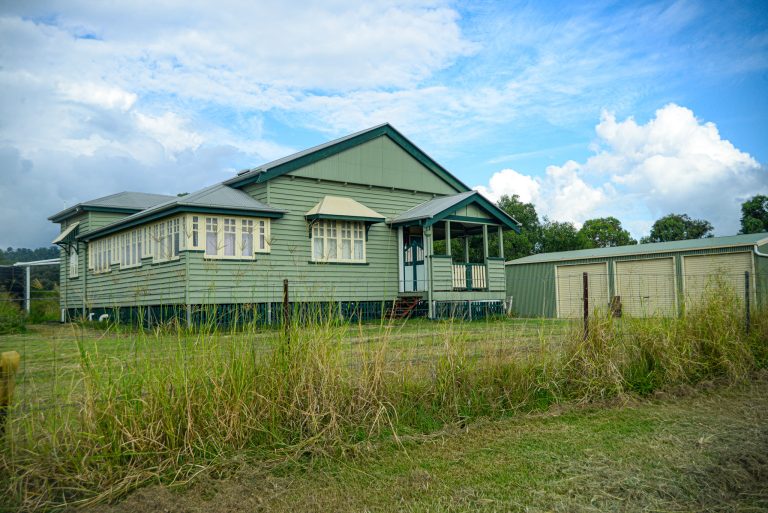7 areas where you shouldn’t waste your money
1. High end products
There aren’t too many buyers who will be able to tell the difference between Carrara marble and an engineered stone look-alike, a Moooi chandelier versus a clever replica. And most buyers won’t consider upping the offer on your property just because you have installed a high-end bath and loo.
A new kitchen and bathroom can definitely add value, but there is always the possibility for over-capitalisation, sometimes a $10,000 Ikea kitchen might do the job. We advise vendors not to indulge their designer wish-lists just before listing. When you’re selling it’s not the time to go and buy luxury fittings. It’s unlikely you’ll get your money back.
2. A high-maintenance garden or pool
If there’s one key message that has remained consistent on TV lifestyle shows, it’s that while Aussies love the great outdoors, they don’t want to spend their weekends working hard to maintain their green spaces. Borders of manicured hedges, rose gardens, lilies and even citrus require above-average attention to thrive.
Aim to keep the landscaping simple. Most people don’t want the hassle of too much gardening.
Not everyone wants a pool and sometimes it’s more maintenance and more work than it’s worth. Put a pool in for your family’s lifestyle, but not for sale.
3. Custom cabinetry
There’s been a trend towards custom-cabinetry in recent years, with homeowners installing entertainment units, luxe walk-in wardrobes or dressing rooms, fully fitted wine cellars, customised home offices and aesthetically pleasing window seats. Buyers love built-in storage, however it’s not a good idea to spend money on a bespoke joinery. There’s every chance the new owner may rip out your newly fitted storage to make space for their own furniture. You can use freestanding units or if you really want the built-in effect, you can do great things with flat packs these days.
4. A half-baked reno
If you’re going to do a makeover before you sell, share the love around the whole property. Vendors who choose to install a new bathroom and ignore peeling paint on the ceilings, a water-damaged wall or broken light fittings, risk making these flaws look twice as unattractive next to a gleaming new en suite.
Partial renovations can detract from your property. You might just end up highlighting what hasn’t been refurbished.
5. Modernising a period home
A character home that’s been stripped of its period features is like a cheeseburger without the pickles – it’s just not authentic. Even if your Victorian lace is rusty or your timber fretwork needs a coat of paint, it’s better left for the new owner to restore than for you to replace it with a contemporary substitute.
If you’ve got a cottage dating back to the 1900s you’re not going to spend the same money on the same things as someone renovating a newer home. It’s about restoration, not modernisation.
6. Improvements you can’t see
New heating or cooling systems, integrated sound systems, insulation, attic lining and new cabling all fall into the category of “invisible improvements” and rarely offer a good return on investment when you’re about to sell.
Unless these items present a hazard to the new owners, leave them off your to-do list.
In your average suburban street, an improvement like double glazing won’t add any value to your home.
7. Dodgy DIY
Some of us are handy, and some of us are just indulging our inner-Scrooge, preferring an attempt to save money over having a job done well by a skilled tradesperson. This strategy can backfire, creating a new eyesore or exacerbating a plumbing or electrical problem.
If homeowners try and do improvements themselves they might not get the best finish. You’re better off saving money by being the project manager, that way you’ll save yourself the sometimes hefty margin most builders will put on top of your trades, fixtures and fittings.

